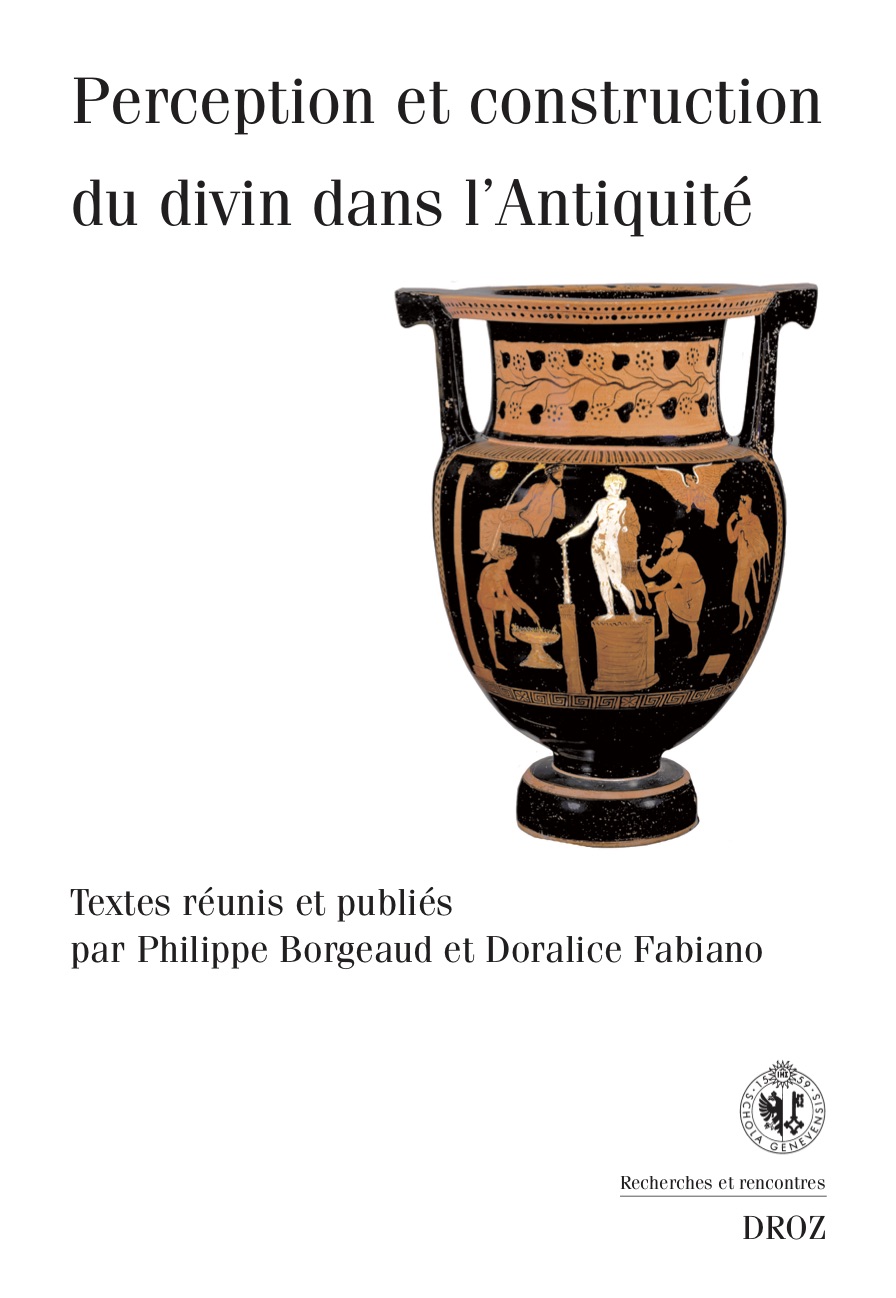La nympholepsie entre possession et paysage
Abstract
Nympholepsy, that is the possession caused by Nymphs, is wellknown mostly because of its role in the Phaedrus. The aim of this article is to analyse a body of literary, epigraphic and archaeological sources in order to show how this phenomenon – rather marginal – concerns the problem of the representation of sacred space in ancient Greece. In fact, nympholepsy cannot occur everywhere, but only in particular places that Nymphs are believed to inhabit. In this way, the perception of the divine presence, detected by the nympholept, is indispensable for constructing a natural environment as a religious landscape. In this context, landscape represents the intermediary that makes communication between humans and gods possible.
How to Cite
More Citation Formats
Most read articles by the same author(s)
- Philippe Borgeaud, Doralice Fabiano, Introduction, Recherches & Rencontres: Vol. 31 (2013): Perception et construction du divin dans l’Antiquité
- Doralice Fabiano, The Mares of Potnies. Animals, Gods and Manía Around a Beotian Spring (Paus. 9, 8, 4-2), Revue de Théologie et de Philosophie: Vol. 154 n° 4 (2022): Animaux et religions dans l’Antiquité
